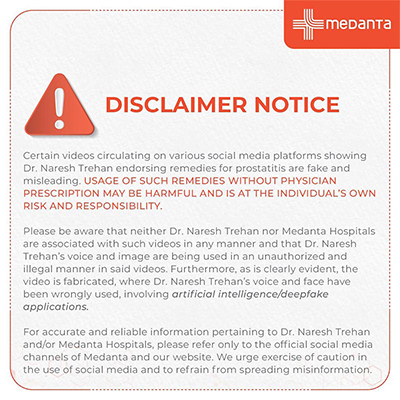Effective Tooth Whitening Solutions for Brighter Smiles

Types Of Stains :
Extrinsic Stains :
Mainly on the outer surface of teeth (Enamel).
They are caused by multiple environmental factors like
- Tobacco,
- Exposure to highly pigmented food like wine, tea, coffee
- Chlorhexidine mouthwash
- Smoking and tobacco
They are easier to treat with commonly available toothpaste, chewing gums, scaling, and in-office bleaching.
Intrinsic Stains :
Stains which have reached the internal surface of teeth ie Dentin.
They form especially during stages of tooth development, also due to:
- Excessive fluoride intake
- Trauma to the tooth leading to pulpal haemorrhage
- Root canal treatment
- Aging of teeth.
They are often difficult to treat and may require the involvement of restorative procedures like veneers, crowns in addition to in- office bleaching.
Types Of Professional Whitening Procedures:
- IN- OFFICE BLEACHING:
It's a 30-40 minutes procedure. It uses concentrated solutions of hydrogen peroxide/ carbamide peroxide containing gel.
- AT HOME(overnight bleaching trays ):
It is a dentist supervised at home approach,where whitening gels are placed in custom made trays and advised to use for 2-10 hours for 6-28 days.
- Enamel microabrasion using abrasive slurry.
- Dental scaling and polishing
- Internal bleaching for endodontically treated and discolored teeth.
Anecdotal Claims & Do- It- Yourself Whitening
In contrast to well researched professional tooth whitening treatment several do it yourself methods have been promoted to print media such as direct applications of :
- Lemon
- Baking soda
- Coconut oil (oil pulling )
- Charcoal
- Vinegar
- Fruits like strawberry and apples.
Limited studies raise questions regarding efficacy and safety of these procedures. For example
a mixture of strawberry/ Baking soda was examined and researchers were unable to prove any measurable improvement.
Charcoal and table salt were found to be ineffective and highly abrasive, leading to further yellowishness of teeth with time.
key points:
- only natural teeth can be whitened, not tooth colored fillings or crowns/ veneers.
- temporary but reversible teeth sensitivity and gingival inflammation are the most common adverse effects of vital teeth whitening.
- whitening procedures are not for children and adolescent patients with mixed or primary dentition.
- abrasive toothpastes work on principle of removing outer tooth surface which can be detrimental to enamel surface.
- extent of whitening is influenced by type of stains being addressed or the nature of the tooth, so results may vary from person to person.


